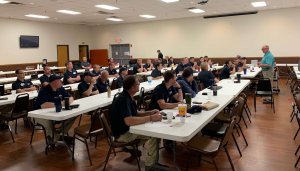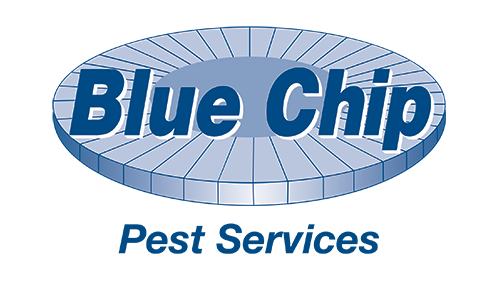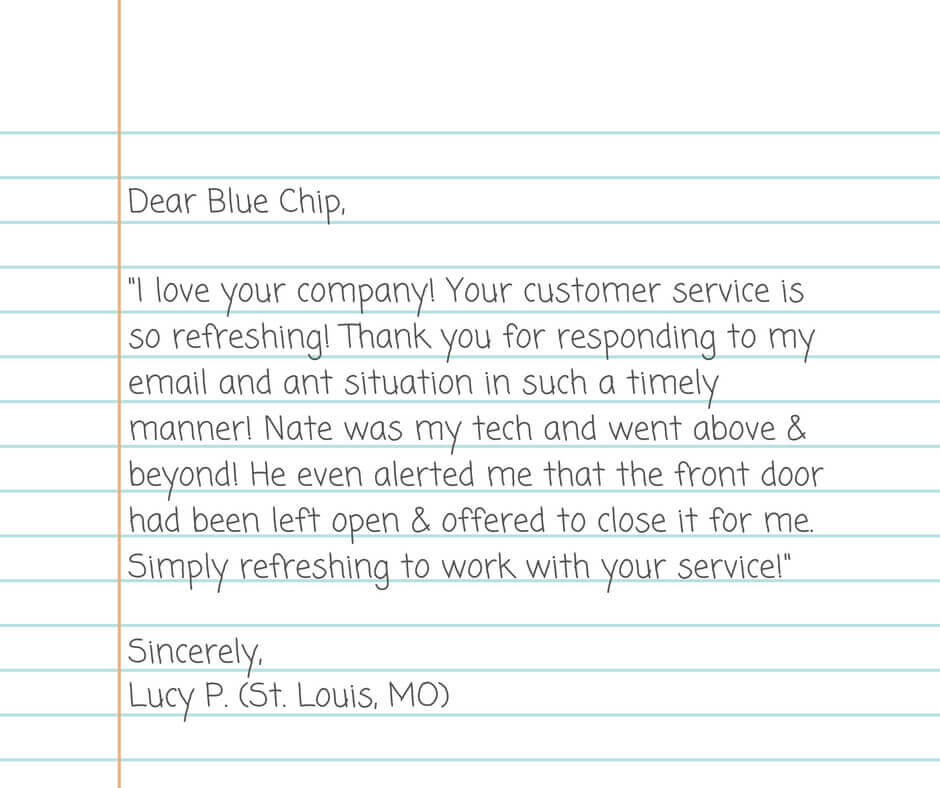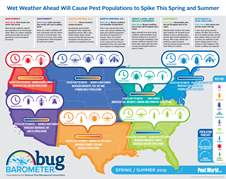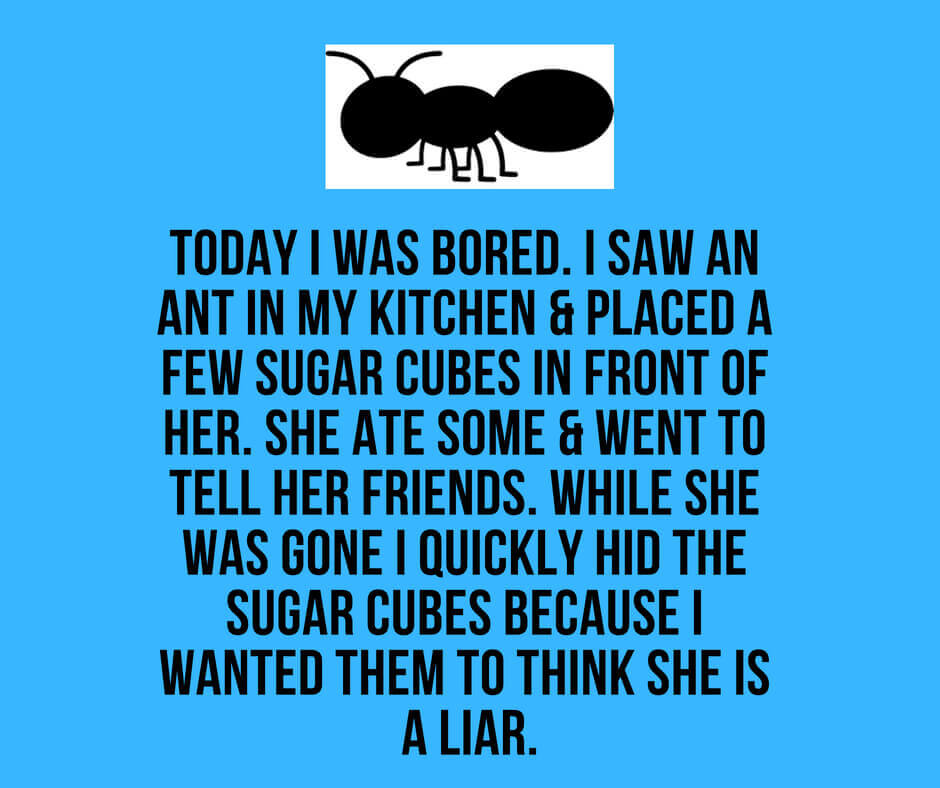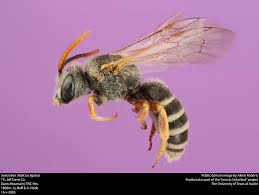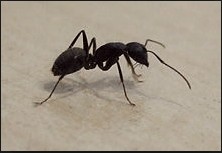Hot sunny days call for ice cream. But…insect ice cream?
An Australian researcher is exploring how maggots, locusts and other insects can be used as alternative forms of proteins by being added to familiar foods. I mean, lobsters aren’t exactly pretty but dip them in drawn butter and your mouth will melt. But why does this researcher suggest we turn to bugs when tasty steaks await us?
Professor Lowrens Hoffman is convinced that the livestock many of us rely on for protein sources will not be able to accommodate the growing populations of the future. He suggests that Westerners, who typically wouldn’t eat bugs, might be much more willing to do so if they’re disguised and tucked inside other more familiar foods.
As of now, there’s 113 counties that practice entomophagy, a scientific word for eating bugs. Over 2,000 different insect species have won the approval of the United Nations as edible sources of protein.
So, tell me: Are you up for maggot sausage followed by cricket ice cream for dessert?
